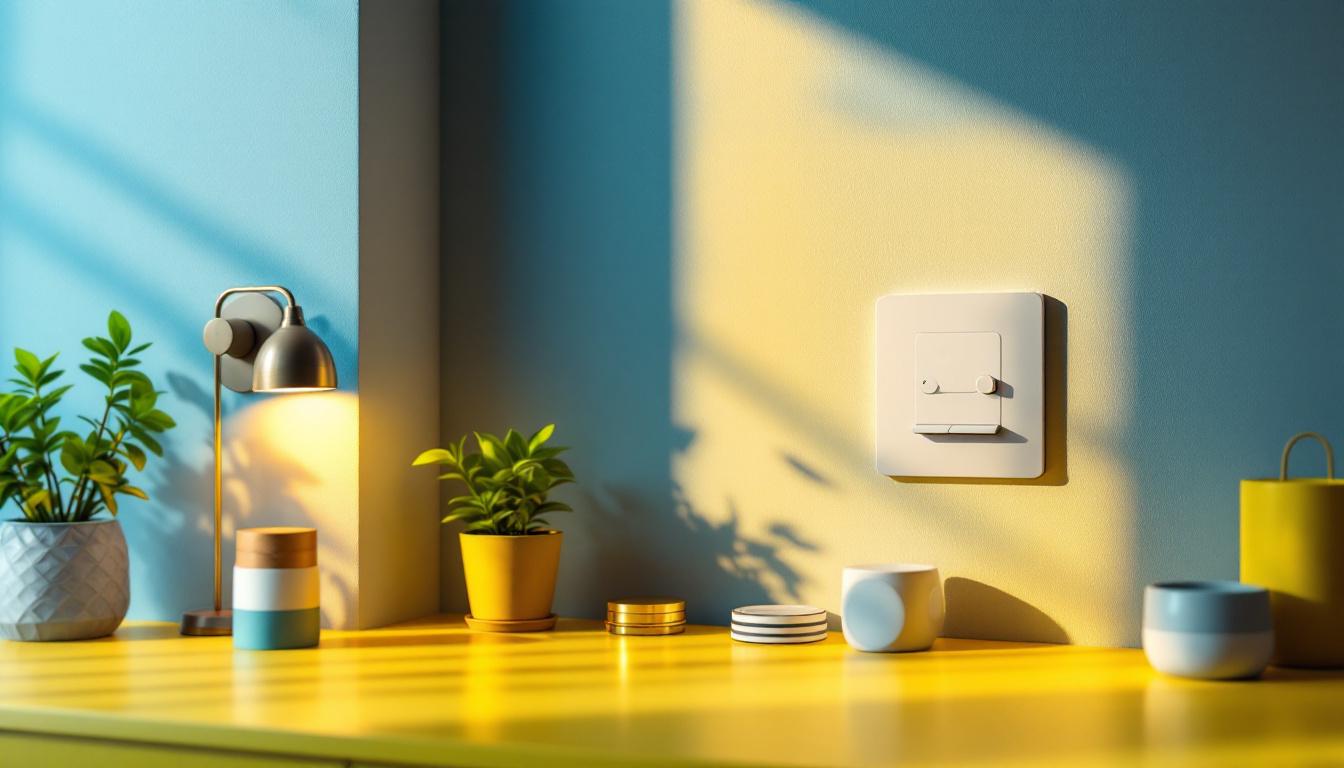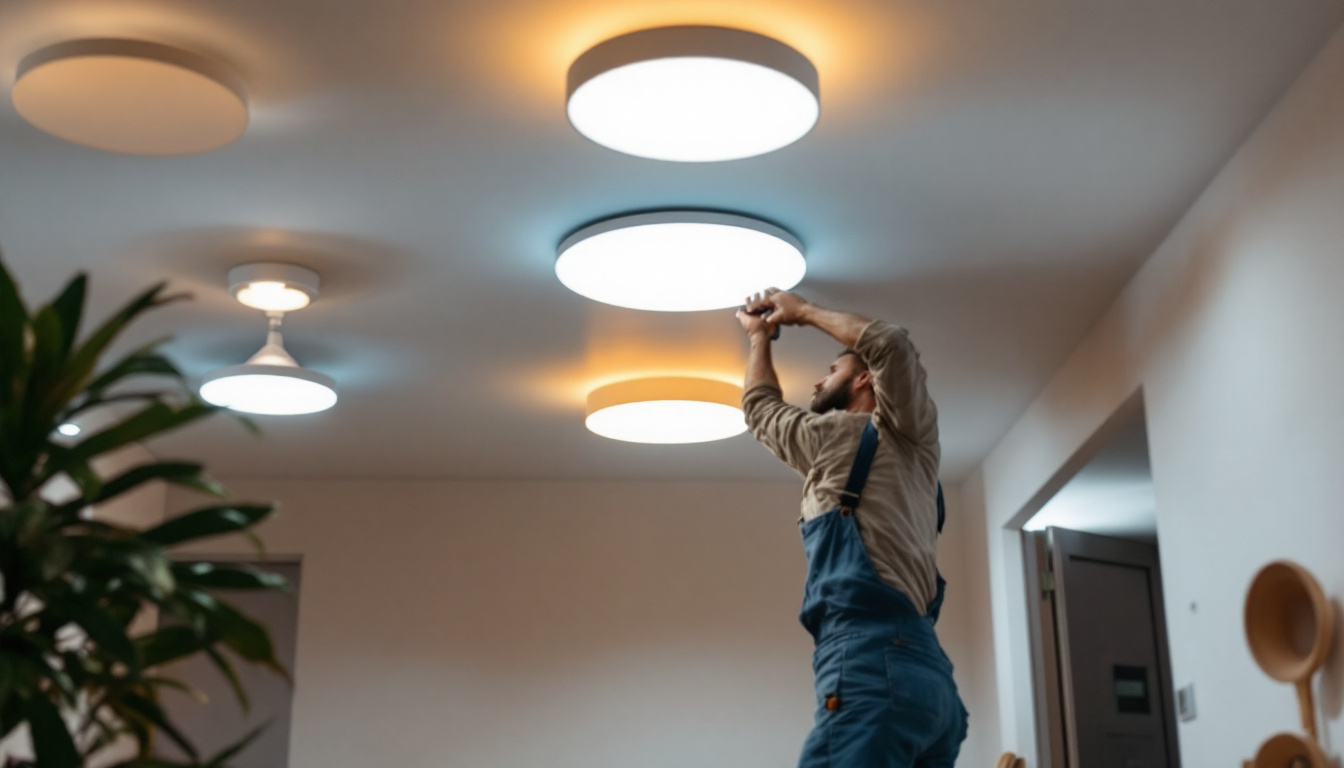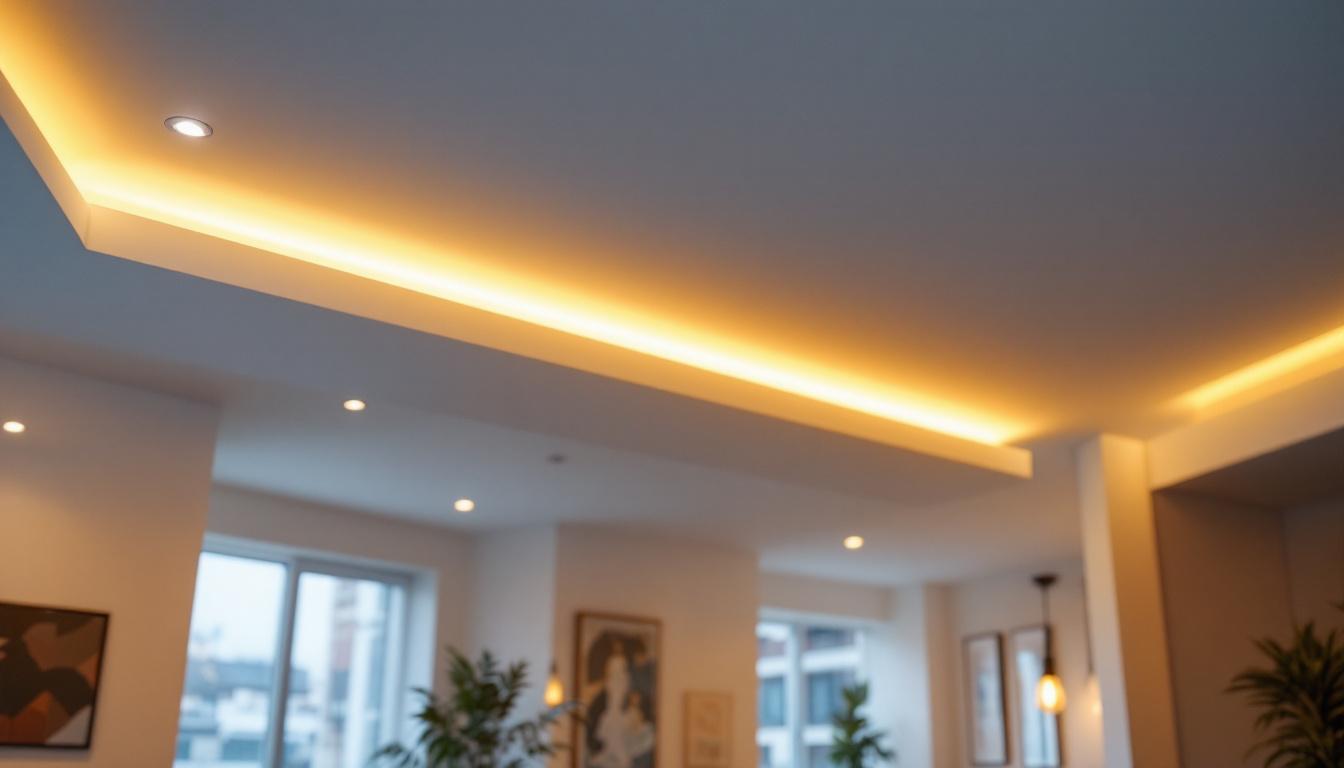
As a lighting contractor, understanding the various styles of light switches is crucial for delivering quality installations that meet your clients’ needs. This comprehensive checklist will guide you through the myriad of options available, ensuring you make informed decisions that enhance both functionality and aesthetics in your projects.
Before diving into the various styles of light switches, it is essential to grasp the fundamental concepts surrounding them. Light switches are not merely functional devices; they play a significant role in the overall design and usability of a space. The choice of switch can affect the ambiance, ease of use, and even the energy efficiency of lighting systems. For instance, a well-placed dimmer switch can transform a stark, utilitarian room into a cozy retreat by allowing you to adjust the light levels according to the time of day or activity.
In addition to the aesthetic appeal, light switches come with different functionalities, including single-pole, three-way, and dimmer switches. Each type serves distinct purposes and is suited for various applications, making it vital for contractors to be well-versed in their characteristics. Furthermore, the installation process can vary, with some switches requiring more complex wiring than others, which is an important consideration for both DIY enthusiasts and professional electricians.
There are several types of light switches available on the market, each designed for specific applications. Understanding these types will help you select the right switch for your projects. The choice of switch can significantly influence the user experience and functionality of the lighting in a room, making it crucial to consider the needs of the space.
Additionally, it’s worth noting that the choice of materials and finishes for light switches can also impact the overall aesthetic of a room. From sleek metal designs to vintage-style toggles, the right switch can complement the decor and enhance the visual appeal of your space. Moreover, many manufacturers now offer customizable options, allowing homeowners to choose colors and styles that best fit their personal taste and home design.
With a variety of styles available, choosing the right light switch can significantly impact the overall look and feel of a space. Here are some popular styles that contractors should consider.
Toggle switches are perhaps the most recognizable style, featuring a lever that can be flipped up or down to turn the light on or off. They are available in various designs, from traditional to modern, making them versatile for different interior styles.
These switches are easy to use and provide tactile feedback, which many users find satisfying. They can be found in a range of finishes, including plastic, metal, and even wood, allowing for customization to match the décor of any room.
Rocker switches, also known as paddle switches, have a flat, wide surface that is pressed to operate. They are often seen in contemporary homes due to their sleek design and ease of use.
This style is particularly popular in family homes, as they are more accessible for children and individuals with mobility challenges. Rocker switches can also come with illuminated options, providing a visual cue in dark environments.
Decora switches are a type of rocker switch that features a rectangular shape and a larger surface area. This style is favored for its modern aesthetic and is available in a wide range of colors and finishes.
Decora switches are often used in conjunction with other Decora-style outlets and devices, creating a cohesive look throughout the home. Their design allows for easy installation and replacement, making them a popular choice among contractors.
In addition to standard styles, specialty light switches can cater to unique needs and preferences. These switches often incorporate advanced technology or design elements that set them apart from traditional options.
Dimmer switches are essential for creating ambiance in a space. They allow users to adjust the brightness of the lights, which can enhance the mood and functionality of a room. Available in both manual and smart options, dimmers can be used with a variety of bulb types, including incandescent, LED, and CFL.
When selecting dimmer switches, it is crucial to ensure compatibility with the lighting fixtures being used. Some dimmers may not work well with specific bulb types, leading to flickering or limited functionality.
Smart light switches are becoming increasingly popular as home automation technology advances. These switches can be controlled remotely via smartphones or smart home systems, allowing for convenient operation from anywhere.
Smart switches often come with additional features such as scheduling, energy monitoring, and integration with voice-activated assistants. When installing smart switches, contractors should consider the existing wiring and ensure that the home’s Wi-Fi network is strong enough to support these devices.
Touch-sensitive switches and motion sensors are innovative options that enhance user experience. Touch switches operate with a simple tap, providing a sleek, modern look. Motion sensors, on the other hand, automatically turn lights on or off based on movement, making them ideal for areas like hallways and bathrooms.
These specialty switches can improve energy efficiency and convenience, but they may require additional installation considerations. Contractors should assess the specific needs of the space and the preferences of the client when recommending these options.
Choosing the right light switch style is only part of the equation. Proper installation is equally important to ensure functionality and safety. Here are some key considerations for contractors during installation.
The placement of light switches is crucial for accessibility. They should be installed at a height that is comfortable for all users, typically around 48 inches from the floor. Additionally, switches should be located near doorways for easy access when entering or exiting a room.
In spaces where multiple switches control the same light, such as hallways or staircases, three-way switches should be strategically placed to allow for convenient operation from either end.
Before installation, contractors must ensure that the selected light switches are compatible with the existing electrical system. This includes checking the voltage, amperage, and type of wiring in the home. Using incompatible switches can lead to safety hazards and malfunctioning devices.
It is also essential to follow local electrical codes and regulations during installation. This ensures not only safety but also compliance with industry standards, protecting both the contractor and the homeowner.
After installation, it is critical to test each switch to ensure proper functionality. This includes checking for smooth operation, confirming that lights turn on and off as expected, and verifying any additional features, such as dimming or smart capabilities.
Providing clients with a demonstration of their new switches can enhance their satisfaction and build trust in the contractor’s expertise. Addressing any issues or concerns promptly will help maintain a positive relationship and encourage future referrals.
Staying updated on current trends in light switch design can help contractors offer cutting-edge solutions to their clients. Here are some trends to watch for in the industry.
Minimalism continues to dominate design trends, and light switches are no exception. Sleek, unobtrusive designs that blend seamlessly with walls are gaining popularity. This trend emphasizes functionality while maintaining a clean and modern look.
Contractors should consider offering options that feature hidden mechanisms or flush-mounted designs, which can enhance the overall aesthetic of a space without drawing attention to the switches themselves.
Customization is becoming increasingly important in home design. Light switches are now available in a variety of finishes, colors, and textures, allowing homeowners to select options that match their personal style and home décor.
Contractors can enhance their offerings by providing a selection of unique finishes, such as matte black, brushed nickel, or even decorative patterns. This not only adds a personal touch but also allows for greater creativity in design.
As sustainability becomes a priority for many homeowners, eco-friendly light switches are gaining traction. These switches are made from sustainable materials and often feature energy-saving technologies.
Contractors can appeal to environmentally conscious clients by offering options that reduce energy consumption and promote sustainability. This includes smart switches that optimize energy use and dimmers that extend the lifespan of light bulbs.
Understanding the various styles of light switches is essential for lighting contractors aiming to deliver exceptional service and quality installations. By considering factors such as functionality, aesthetics, and current trends, contractors can make informed decisions that meet their clients’ needs.
From traditional toggle switches to innovative smart options, the right choice can enhance both the usability and design of a space. Proper installation and attention to detail will ensure that these devices function safely and effectively, leaving clients satisfied and ready to recommend your services.
By keeping this checklist in mind, lighting contractors can navigate the diverse world of light switch styles with confidence, ultimately elevating their projects and enhancing the overall client experience.
Ready to elevate your lighting projects with the finest selection of switches and lighting accessories? Look no further than LumenWholesale, where we offer an extensive range of high-quality, spec-grade lighting products at unbeatable wholesale prices. Say goodbye to middleman markups and hello to superior lighting solutions that fit your budget. With free shipping on bulk orders, you can stock up on everything you need to meet the highest industry standards and exceed your clients’ expectations. Don’t compromise on quality or value—visit LumenWholesale today and discover the perfect blend of quality, affordability, and convenience for all your lighting needs.

Discover the common pitfalls lighting contractors face with switch sensors and learn how to avoid them.

Discover how 4-foot LED shop lights are revolutionizing the work of lighting contractors.

Illuminate your projects with precision using our comprehensive guide on ceiling can lights.

Discover how LED recessed light fixtures for new construction can enhance your space with energy efficiency, better illumination, and modern design.